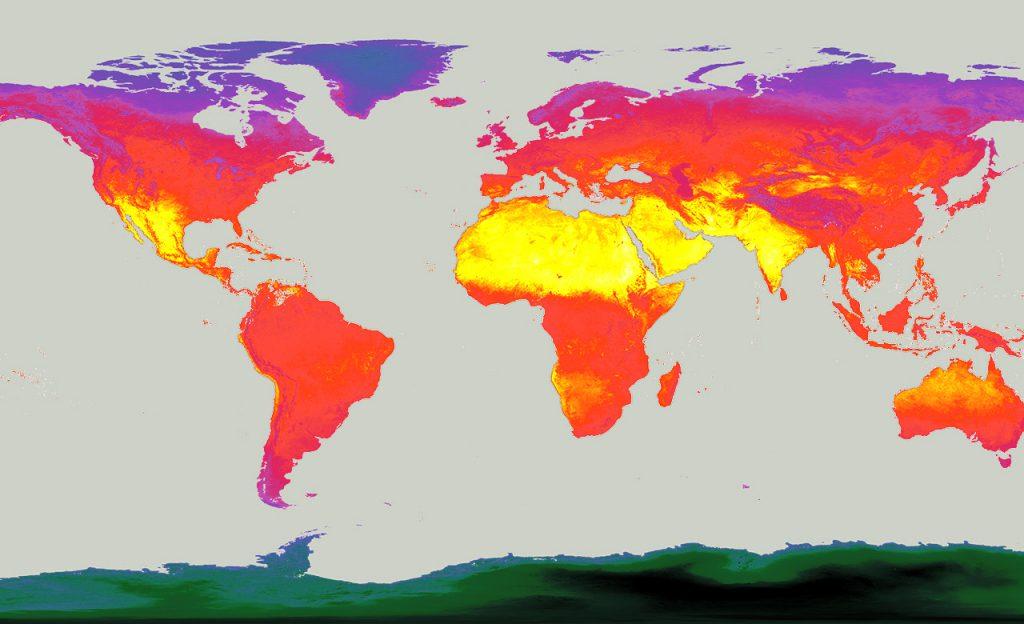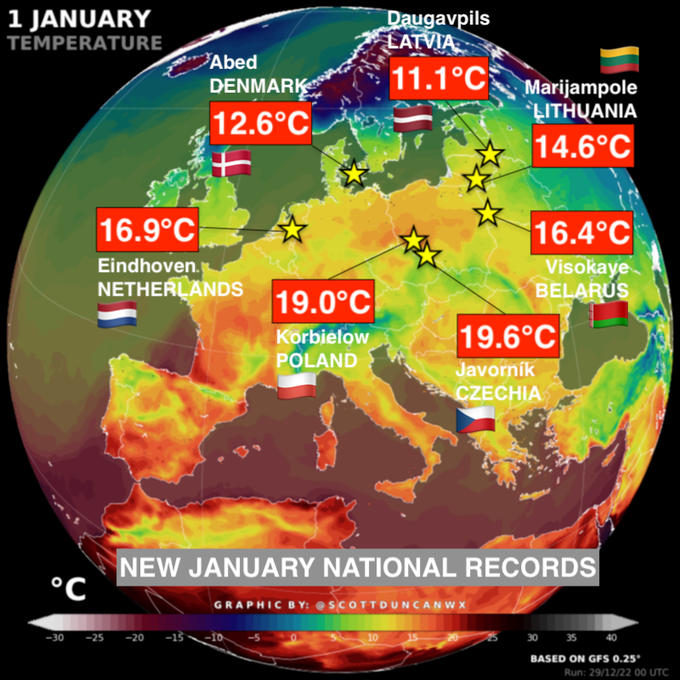New satellite imagery reveals the effect of Europe’s ‘winter heatwave’ in the thick of the continent’s winter skiing season. An image posted by the European Union’s Copernicus Programme shows a distinct lack of snow surrounding the Swiss town of Altdorf, which is close to skiing resorts. In Altdorf, the temperature reached 66.5°F (19.2°C) on New Year’s Day and did not fall below 60.9°F (16.1°C) during the night, breaking a previous record set in 1864. Warsaw in Poland also hit 66°F (18.9°C), smashing its own January record by over 9°F (5°C).
Buy Prime Test Series for all Banking, SSC, Insurance & other exams
What More Has Been Seen:
The new satellite image was captured by Sentinel 2, one of the Earth observation satellites that makes up the Copernicus Programme. According to the programme, 2023 has started with ‘a historic heatwave‘ affecting Europe, with many countries observing the warmest temperature on record for January 1, potentially due to human-caused climate change.
Most Affected Countries:
According to meteorologists, European countries including Denmark, Netherlands, Poland and Czech Republic had their warmest January day on record on New Year’s Day. Abed in Denmark reached 54.6°F (12.6°C), while Korbielow in Poland reached 66.2°F (19°C) and Javornik in Czech Republic hit 67.2°F (19.6°C). Bilbao in Spain also experienced its hottest ever January day on January 1, reaching 77.2°F (25.1°C).




 Indian Olympic Medal Winners List Till N...
Indian Olympic Medal Winners List Till N...
 Who is the Inventor of the Gramophone?
Who is the Inventor of the Gramophone?
 HS Dhaliwal Appointed New DGP Of Andaman...
HS Dhaliwal Appointed New DGP Of Andaman...
